There are so many standout series that fly under the radar that it is easy to miss gems with inventive worlds and careful craft. This list gathers titles that built distinct identities through clear premises, thoughtful production, and strong execution from their creative teams. You will find original projects, faithful book adaptations, and quiet slice of life shows that reward patient viewing.
Each entry includes basic release details and concrete information you can use to decide what to watch next. You will see episode counts, studios, directors, source material, and where or how the shows originally aired. All titles appear in single quotes and include the original broadcast years in the heading for quick reference.
‘Kaiba’ (2008)
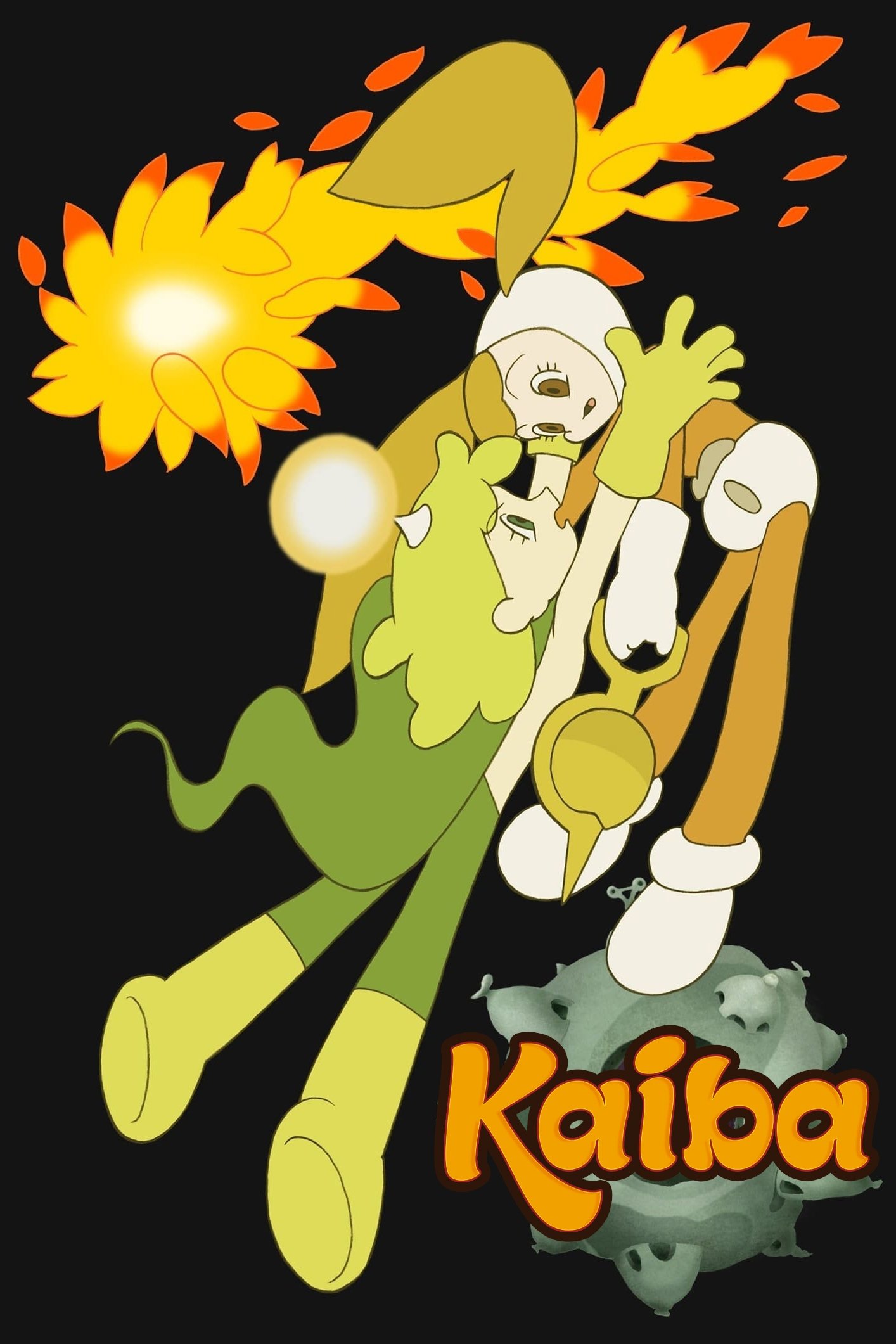 Madhouse
MadhouseThis original series from Madhouse runs for 12 episodes and is directed by Masaaki Yuasa. The setting explores a future where memories can be stored and bodies can be replaced and the story follows a protagonist who wakes without memories and searches across several worlds. The broadcast took place on WOWOW in Japan.
Character designs come from Takashi Kojima and the series composition is by Masaaki Yuasa and Michiru Shimada. The show uses limited yet expressive animation with bold shapes and color blocking that support clear visual storytelling.
‘Den-noh Coil’ (2007)
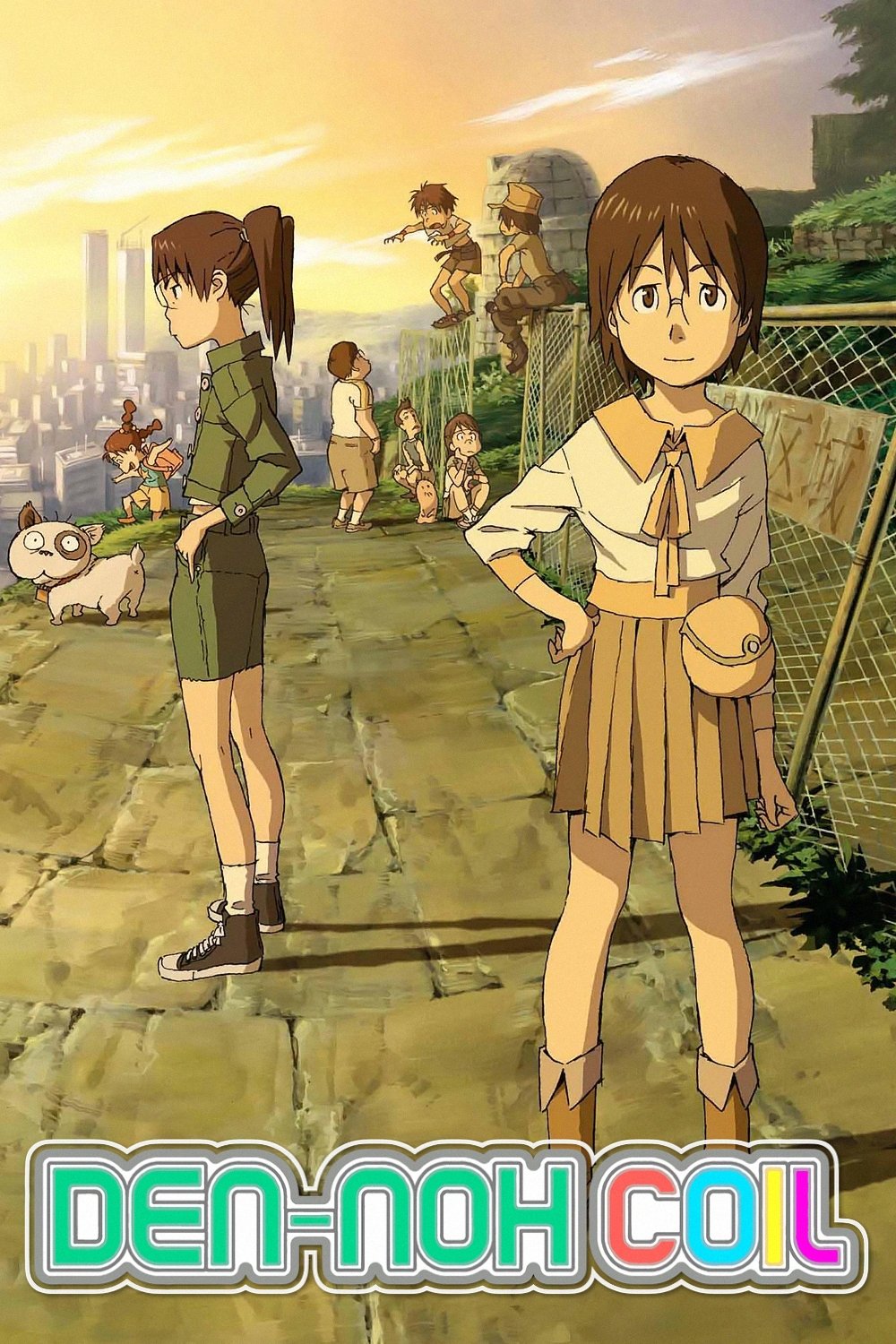 Madhouse
MadhouseThis 26 episode series is directed by Mitsuo Iso and produced by Madhouse. The plot follows children using augmented reality glasses in a near future city where digital layers overlap with daily life. The broadcast began on NHK Educational TV in Japan.
The production integrates detailed worldbuilding around virtual pets and urban legends tied to networked systems. The show earned recognition at the Japan Media Arts Festival and is noted for meticulous background art and grounded technology concepts.
‘Moribito: Guardian of the Spirit’ (2007)
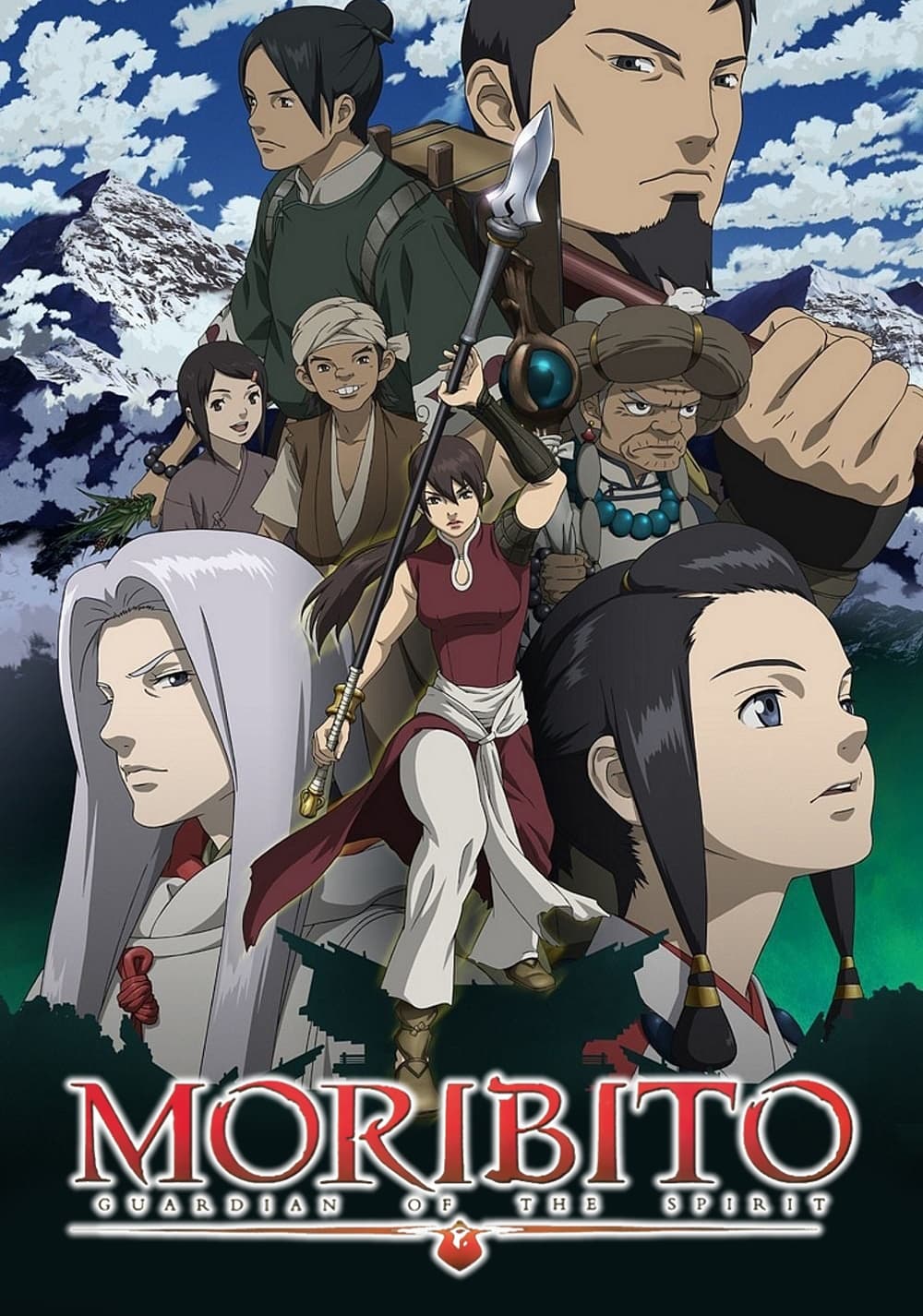 Production I.G
Production I.GProduction I.G adapts Nahoko Uehashi’s novel across 26 episodes directed by Kenji Kamiyama. The story follows bodyguard Balsa who protects a young prince targeted for political reasons and supernatural beliefs. The series aired on NHK.
The adaptation maintains the book’s cultural details through researched costumes and weapons along with a careful depiction of court politics. Yoko Kanno provides the score and the action is staged with readable choreography that tracks character intent.
‘Planet With’ (2018)
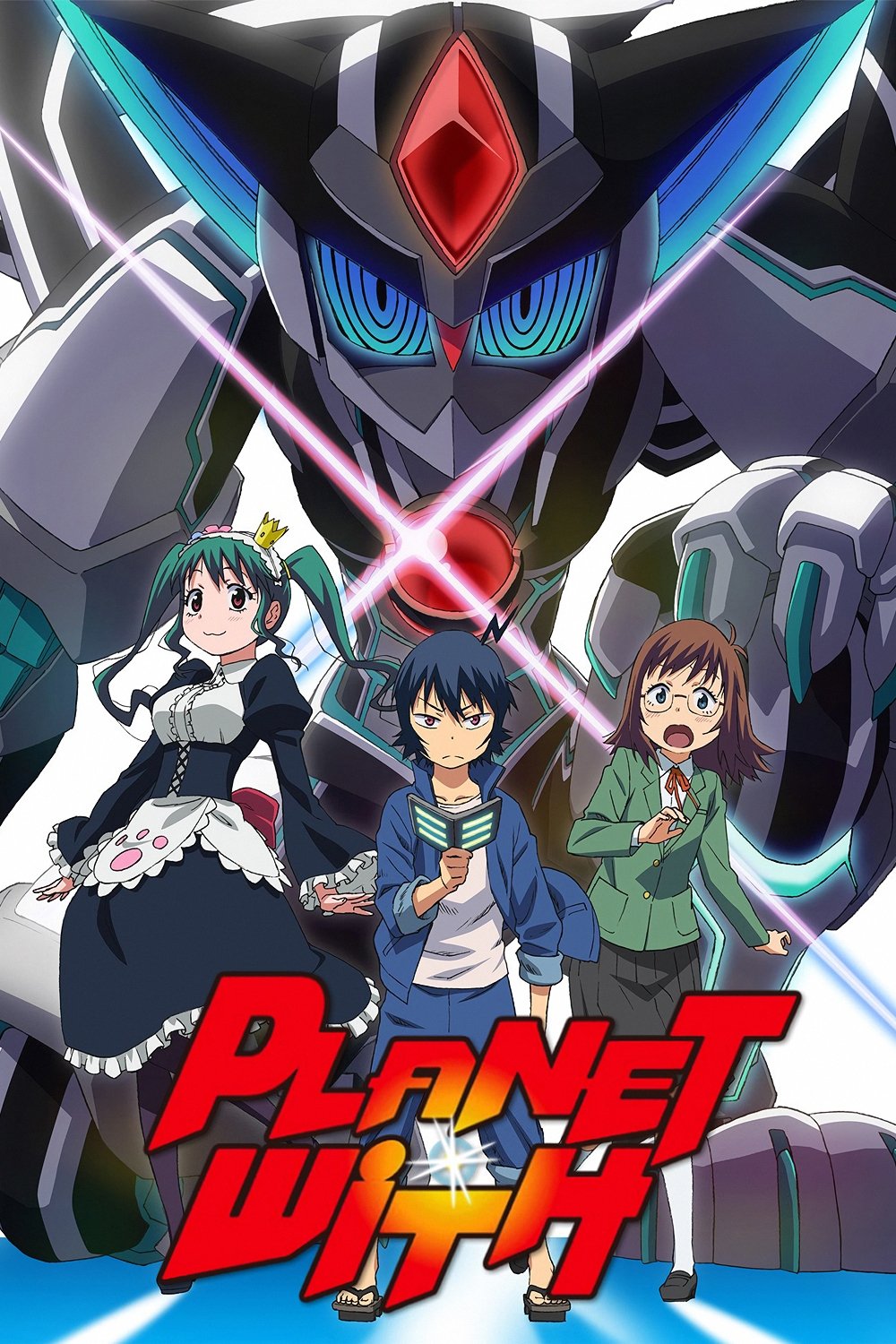 J.C.STAFF
J.C.STAFFThis 12 episode original by J.C.STAFF comes from creator Satoshi Mizukami. The anime and manga were developed together so the televised story presents a complete arc. It aired on several Japanese networks with home release following the season.
Mechanical designs and creature concepts support a conflict among small town students recruited into defense units. The production credits list Youhei Suzuki as director and include music by Kouhei Tanaka which underscores both battles and quieter scenes.
‘House of Five Leaves’ (2010)
 Manglobe
ManglobeManglobe produces this 12 episode adaptation of Natsume Ono’s manga with direction by Tomomi Mochizuki. The plot centers on a timid ronin who becomes involved with a kidnapping group during the Edo period. The series aired in the Noitamina block in Japan.
The art direction preserves the manga’s distinctive line work and relaxed pacing. Historical settings such as teahouses and back alleys are drawn with consistent layouts so character movement across locations remains easy to follow.
‘Shiki’ (2010)
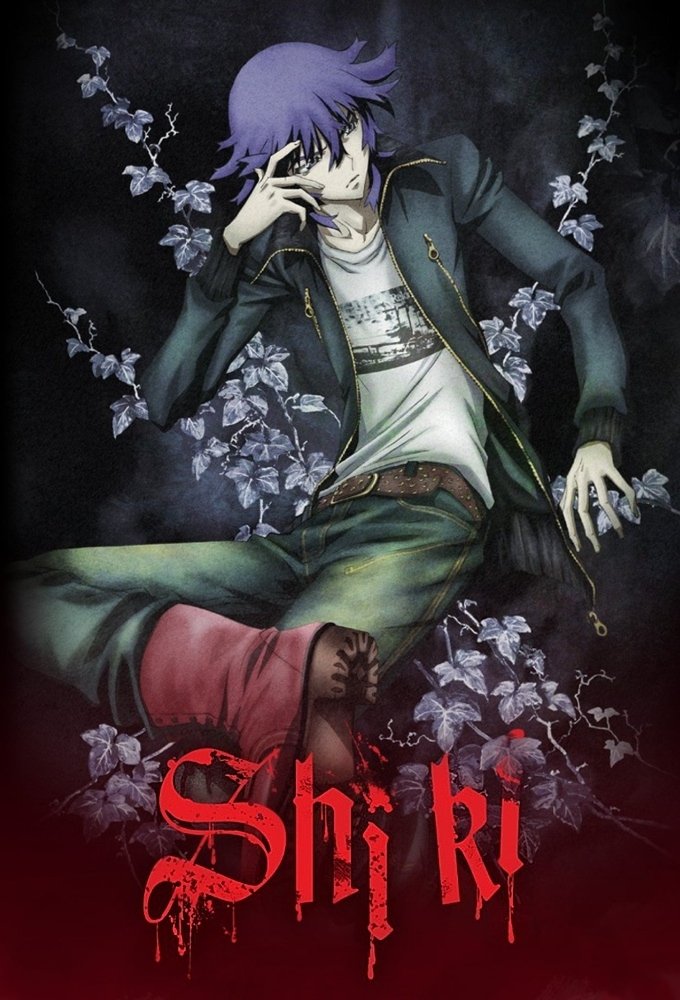 Daume
DaumeStudio Daume adapts Fuyumi Ono’s novel across 22 episodes with two additional specials. The story tracks unexplained deaths in a rural village and the investigation that follows. The broadcast took place on Japanese television during the summer season.
The adaptation uses medical examinations and town records as plot tools alongside folklore. Character designs reference Ryu Fujisaki’s manga version and the score by Yasuharu Takanashi supports the shift from family drama to broader community crisis.
‘Ergo Proxy’ (2006)
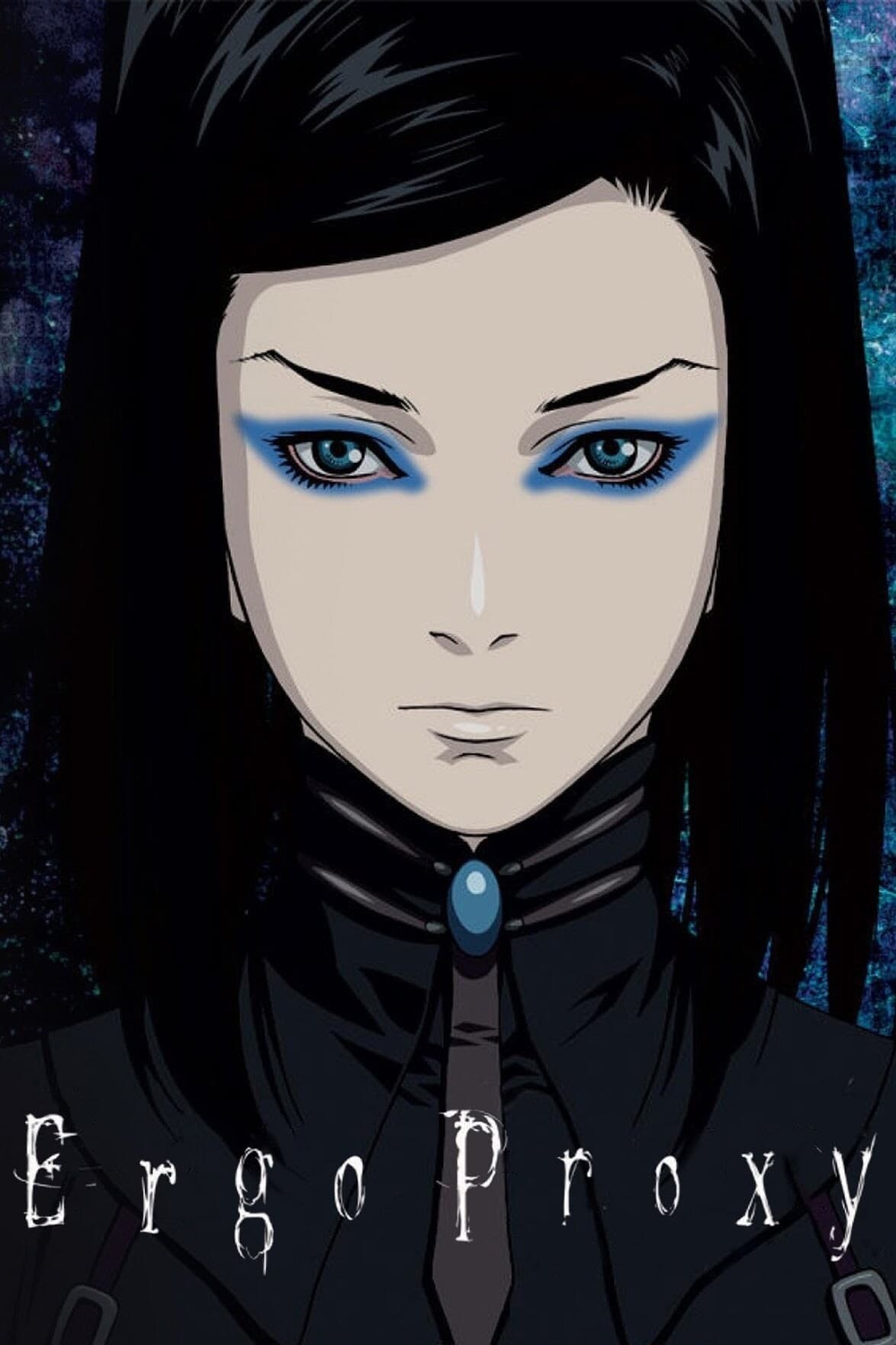 Manglobe
ManglobeManglobe delivers 23 episodes directed by Shukou Murase with scripts overseen by Dai Sato. The setting features domed cities managed by sentient assistants and an investigation into linked incidents that disrupt that order. The initial broadcast ran on WOWOW.
The series employs a combination of hand drawn and digital techniques to depict industrial spaces and outdoor wastelands. Character design by Naoyuki Onda and concept art by Range Murata anchor the look with consistent proportions and costume details.
‘Texhnolyze’ (2003)
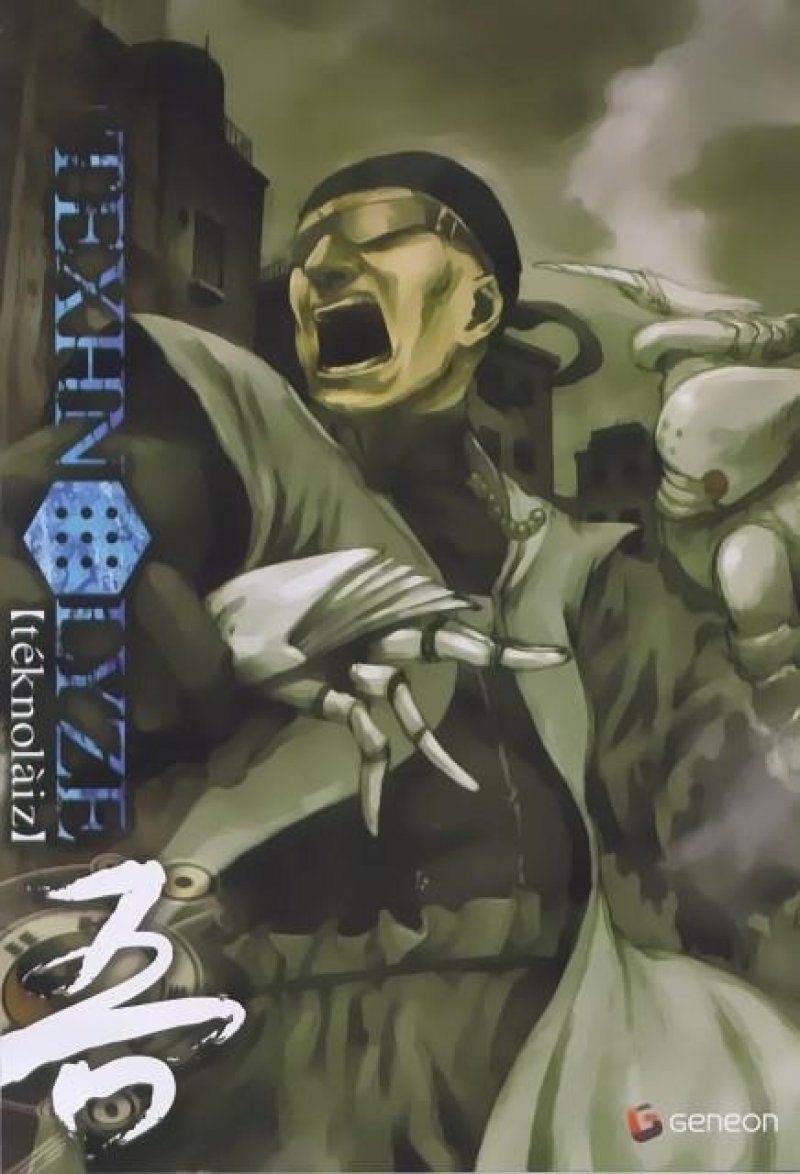 Madhouse
MadhouseMadhouse produces 22 episodes directed by Hiroshi Hamasaki with series composition by Chiaki J Konaka. The plot follows a fighter who loses limbs and receives cybernetic replacements while rival factions struggle for control of an underground city. The broadcast occurred on Japanese television with later international release.
Yoshitoshi ABe provides character concepts and the backgrounds emphasize concrete structures and dim lighting that match the setting. The storytelling uses long takes and minimal dialogue so sound design and camera placement carry key information.
‘Kyousougiga’ (2013)
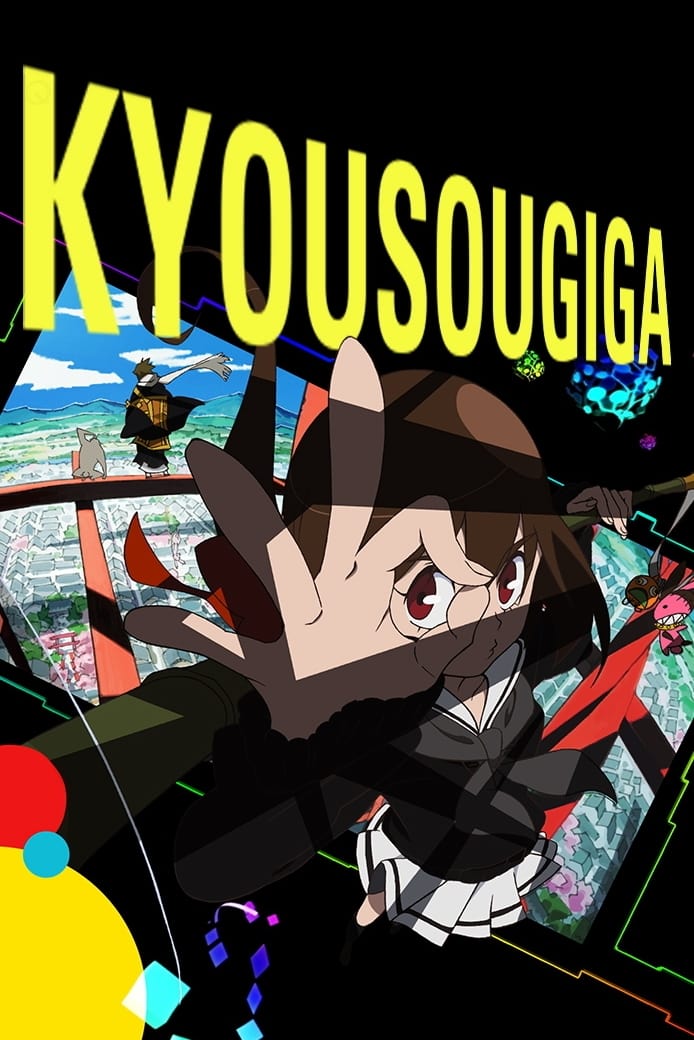 Toei Animation
Toei AnimationToei Animation’s television version runs 10 main episodes plus extras and is directed by Rie Matsumoto. The property began as online shorts before the TV series expanded the narrative about a girl who enters a city created by an artist and a monk. The broadcast took place on Japanese networks with a special that frames the timeline.
The production mixes modern Kyoto references with folklore figures and uses clear color palettes to separate story threads. The staff credits include animation supervision by Naoki Tate and music by Go Shiina that marks shifts between family scenes and action.
‘Planetes’ (2003–2004)
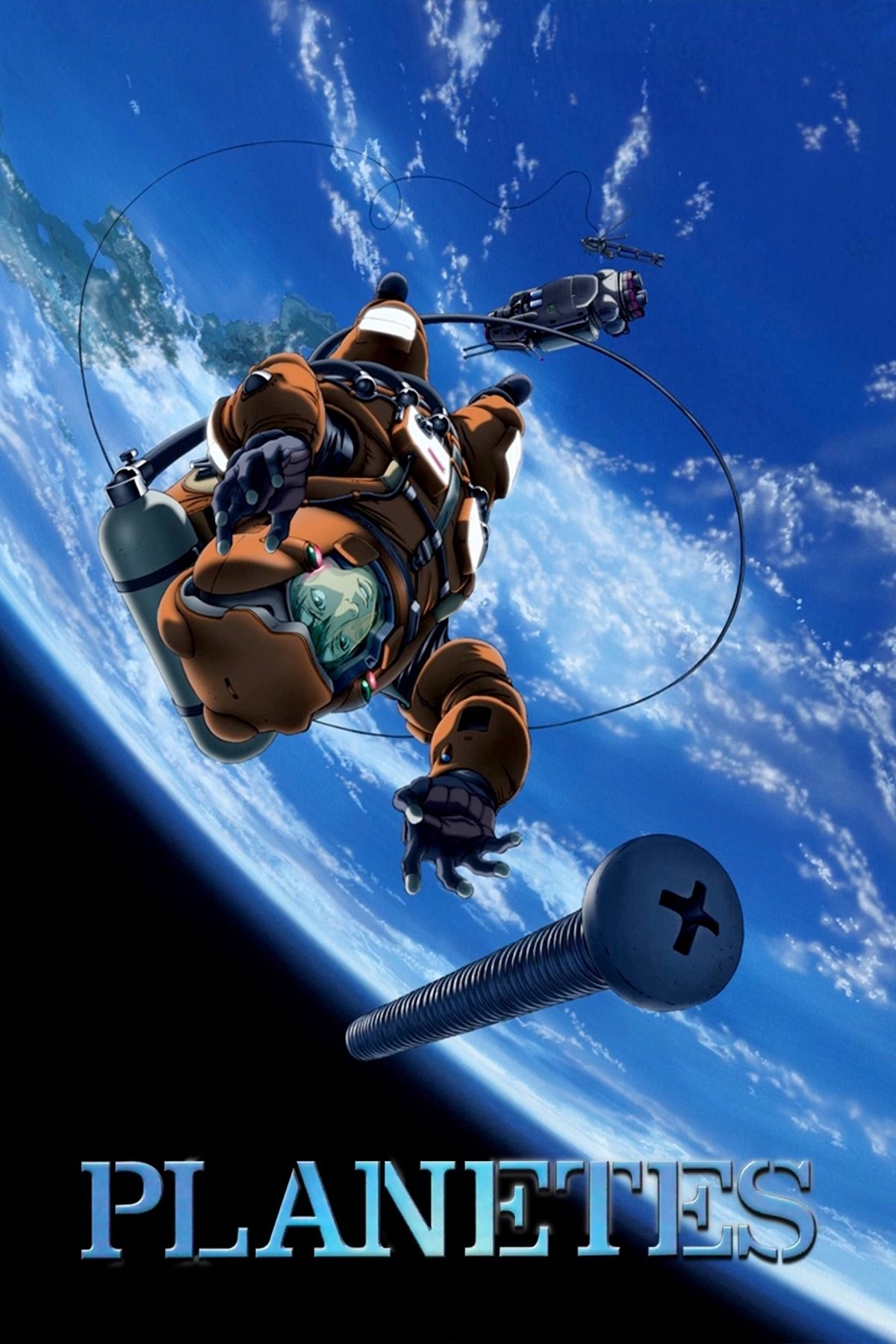 SUNRISE
SUNRISESunrise adapts Makoto Yukimura’s manga across 26 episodes with direction by Gorou Taniguchi. The premise follows a debris collection team working in Earth orbit and addresses procedures for maintaining safe traffic in space. The series aired on NHK BS2.
Mechanical and orbital details are presented with checklists and mission briefs that track equipment operations. The adaptation reorganizes manga arcs to match an escalating training structure and uses recurring side characters to show company logistics.
‘Now and Then, Here and There’ (1999–2000)
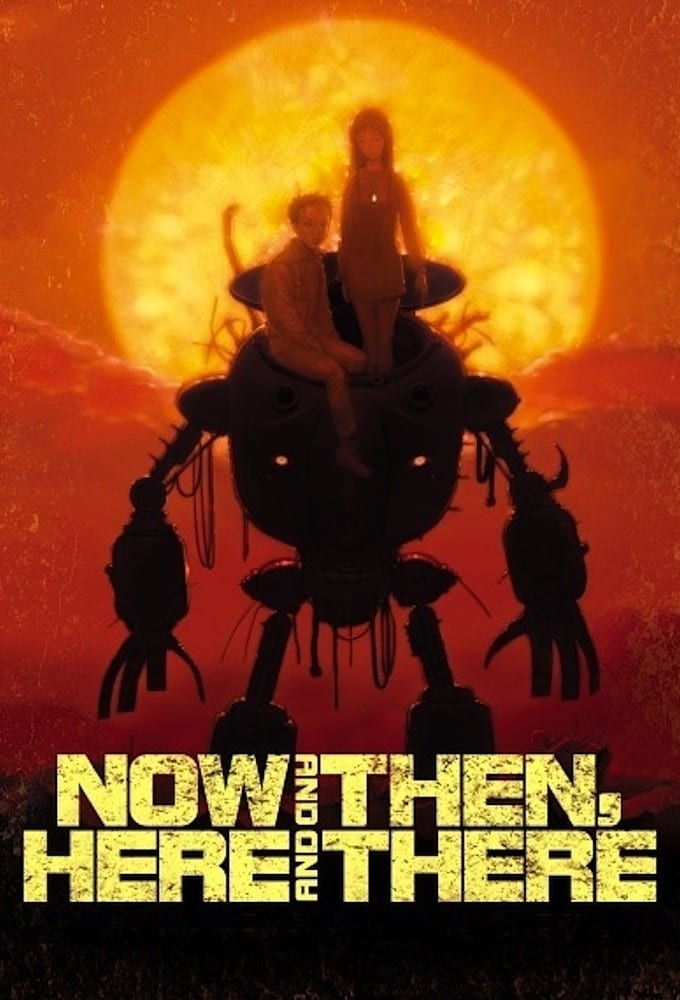 Anime International Company
Anime International CompanyAIC produces 13 episodes directed by Akitaro Daichi. The story begins with a boy pulled into another world and documents the workings of a militarized fortress and its water shortage. The broadcast occurred on WOWOW with later home video release.
The series maps the fortress layout and surrounding terrain with repeated establishing shots so locations remain consistent across episodes. Character animation focuses on physical strain and equipment handling to communicate the cost of prolonged conflict.
‘Le Chevalier D’Eon’ (2006–2007)
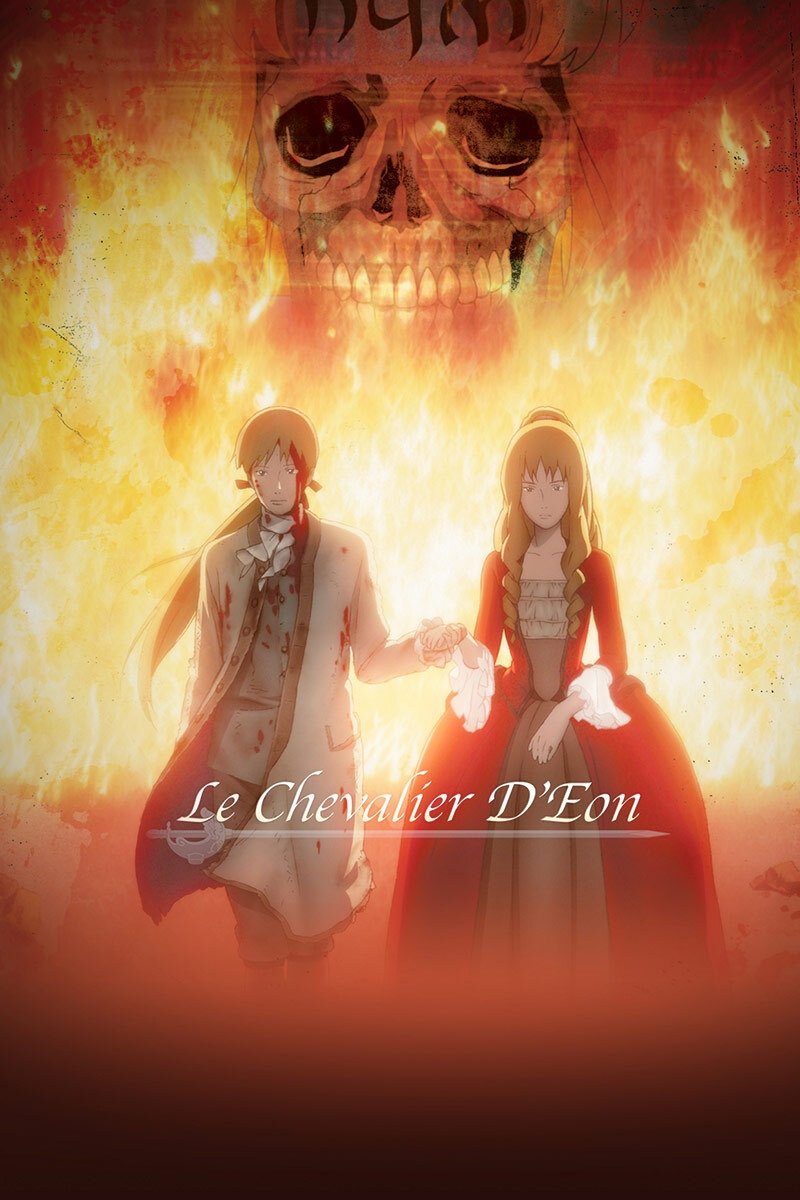 Production I.G
Production I.GProduction I.G presents 24 episodes directed by Kazuhiro Furuhashi with story concepts by Tow Ubukata. The plot follows a French diplomat and spy during the reign of Louis the Fifteenth who investigates a string of deaths connected by coded messages. The series aired on WOWOW.
Historical references include uniforms and court rituals documented in the art materials used by the staff. The script alternates between diplomatic travel and action scenes and maintains a record of alliances and letters that drive each case.
‘The Eccentric Family’ (2013–2017)
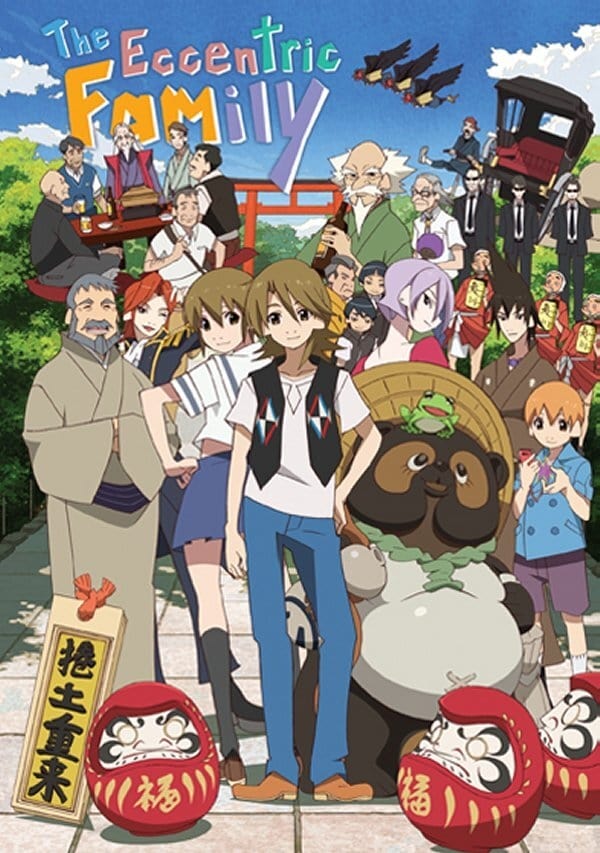 P.A.WORKS
P.A.WORKSP.A. Works adapts Tomihiko Morimi’s novel across two seasons directed by Masayuki Yoshihara. The setting is a contemporary Kyoto where tanuki and tengu live among humans and several families navigate local politics and tradition. The series aired in separate cour releases.
The adaptation retains specific Kyoto geography and seasonal events to anchor its timeline. Character relationships are tracked through family registers and a recurring restaurant location that hosts negotiations and celebrations throughout the story.
‘Hakumei and Mikochi’ (2018)
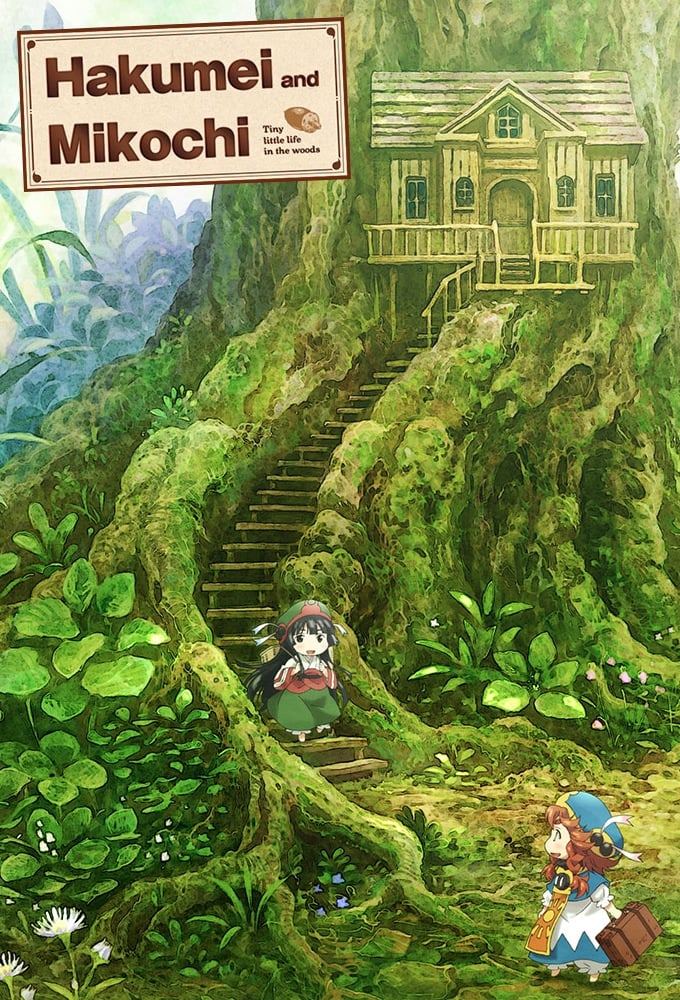 Lerche
LercheLerche adapts Takuto Kashiki’s manga in 12 episodes directed by Masaomi Ando. The show presents two tiny protagonists living in a forest community with tradespeople and travelers. The broadcast ran on Japanese television with home video extras.
The production pays attention to scale by adjusting prop sizes and lens choices so tools and cookware appear large relative to the characters. Background art catalogs small businesses and transport routes which support episodic stories about work and travel.
‘Xam’d: Lost Memories’ (2008–2009)
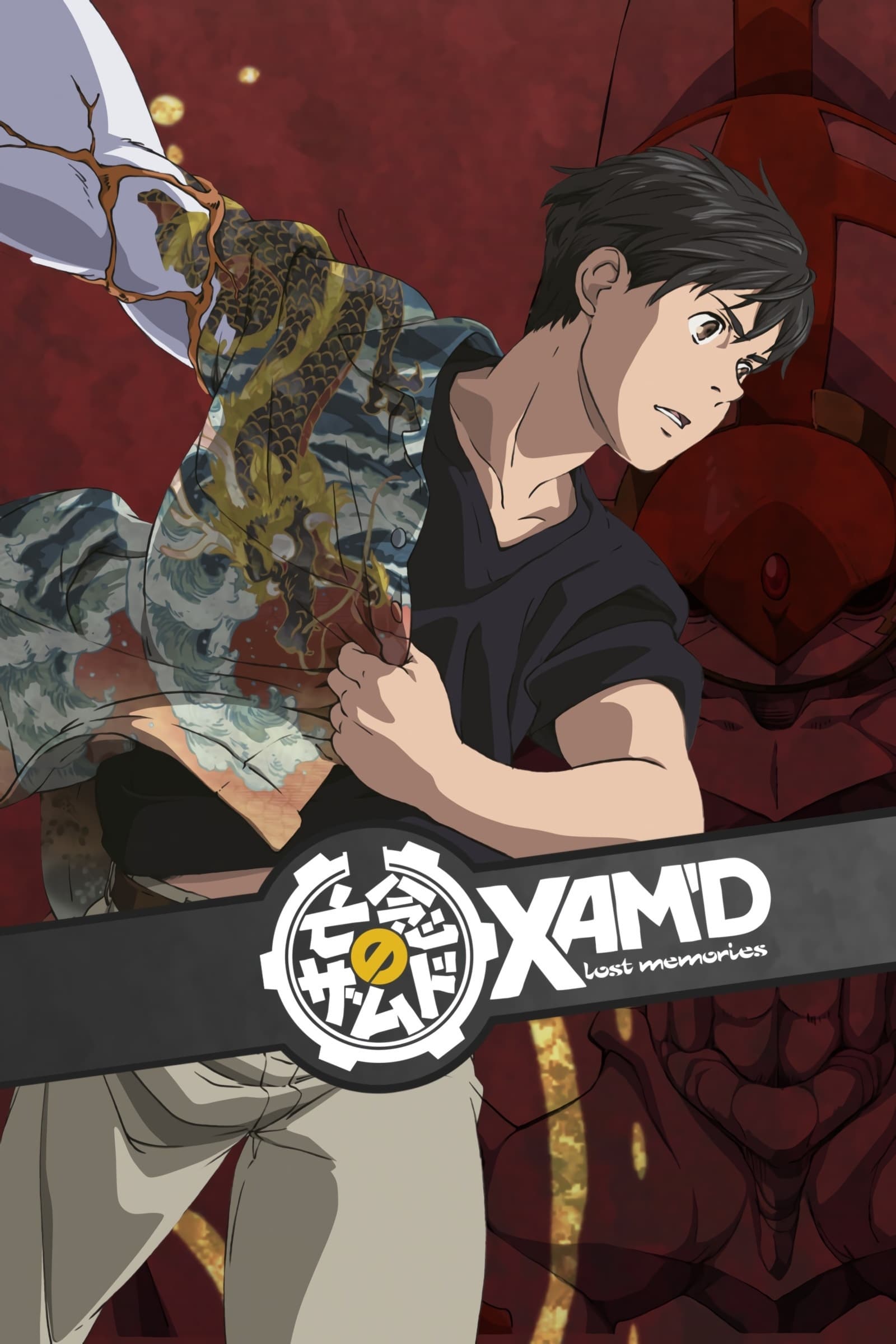 BONES
BONESBones produces 26 episodes directed by Masayuki Miyaji. The series first premiered digitally on the PlayStation Network in North America before airing on Japanese television. The plot follows a student who gains unusual powers after an incident on a remote island.
The production features creature designs linked to a fictional biotechnology and military hardware with consistent silhouettes. The soundtrack by Michiru Oshima complements village ceremonies and aerial battles and the credits list multiple language dubs due to the early digital release.
‘Princess Principal’ (2017)
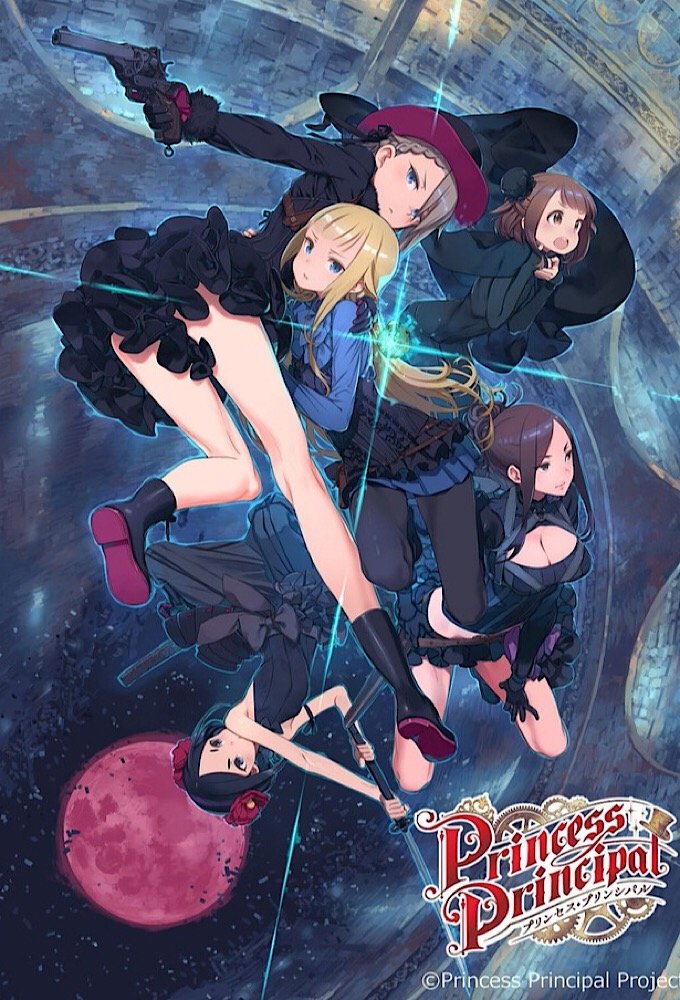 Studio 3Hz
Studio 3HzStudios 3Hz and Actas deliver 12 episodes directed by Masaki Tachibana. The story takes place in a divided city and tracks a group of student spies who work on infiltration and extraction missions. The show aired on Japanese television with a later film project that continues the timeline.
The series uses self contained mission files with clear objectives and gadgets supported by invented physics rules. Character roles cover driving scouting and disguise so team compositions shift to match each operation’s requirements.
‘Children of the Whales’ (2017)
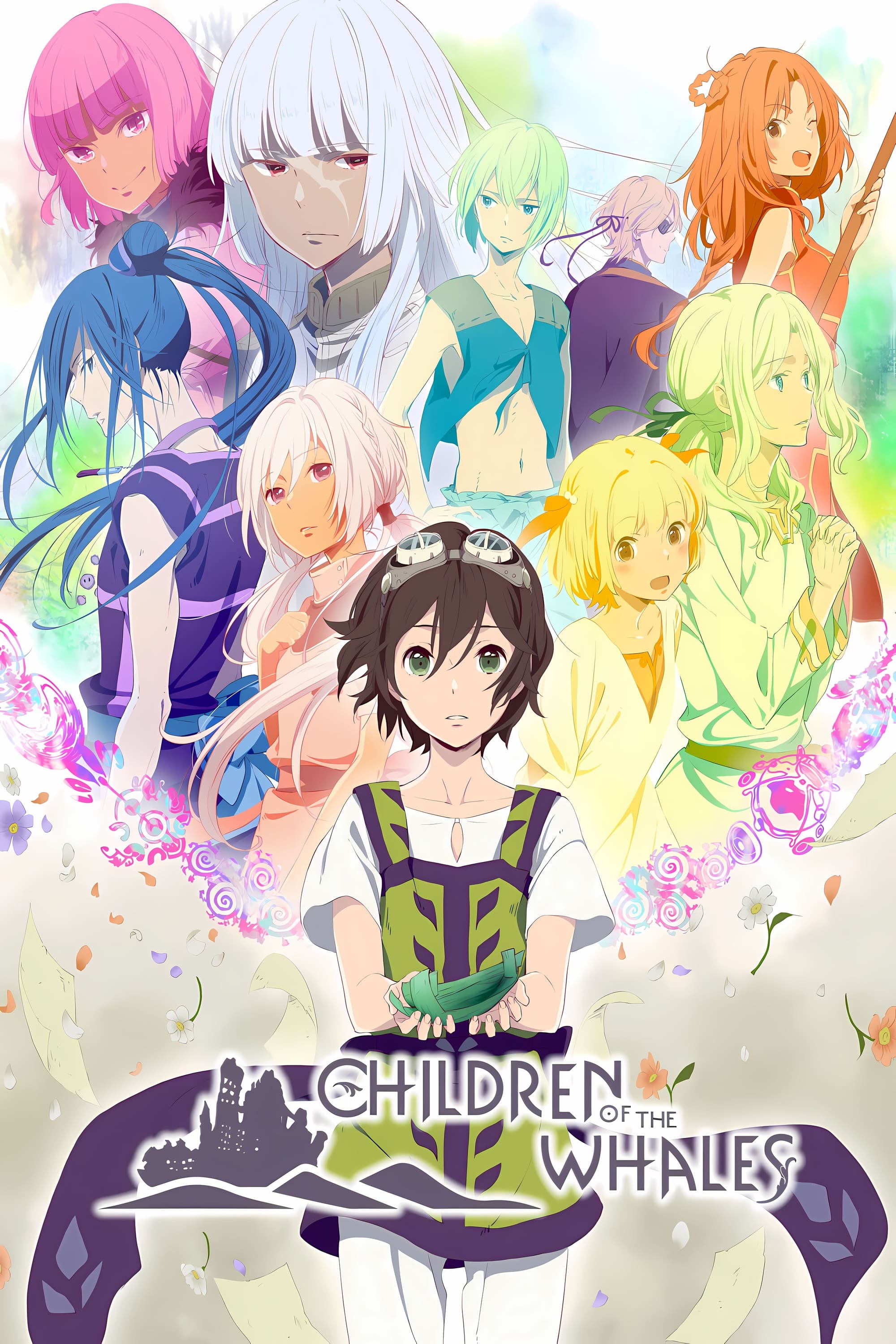 Bandai Visual
Bandai VisualJ.C.STAFF adapts Abi Umeda’s manga across 12 episodes directed by Kyohei Ishiguro. The story focuses on a community living on a drifting island that moves through a sea of sand and records its history with strict archival practices. The series streamed worldwide after its Japanese broadcast.
Calligraphy elements appear in the design of the archives and the magic system is presented with limits that affect daily labor and medicine. The adaptation keeps the manga’s delicate line work through layered background textures and soft lighting.
‘Kemonozume’ (2006)
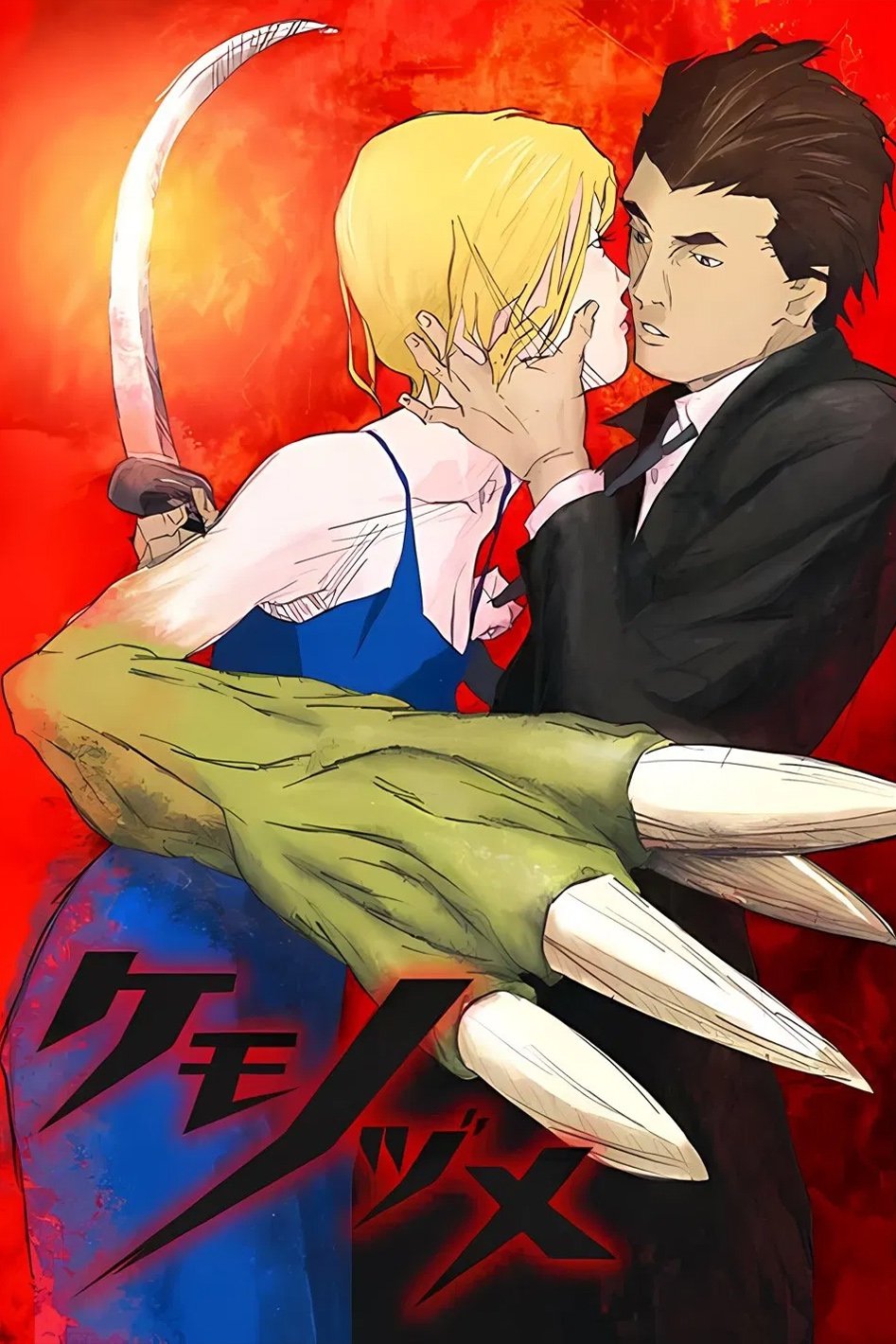 Madhouse
MadhouseMadhouse produces 13 episodes directed by Masaaki Yuasa. The premise follows a human monster hunter and a member of a flesh eating species whose paths intersect during an ongoing conflict between factions. The series aired on Japanese television with an experimental visual style.
The production uses photographed materials alongside hand drawn frames to create textured movement. Fight scenes are blocked with wide shots that keep track of bodies in space and the editing emphasizes cause and effect during pursuits.
‘Sarazanmai’ (2019)
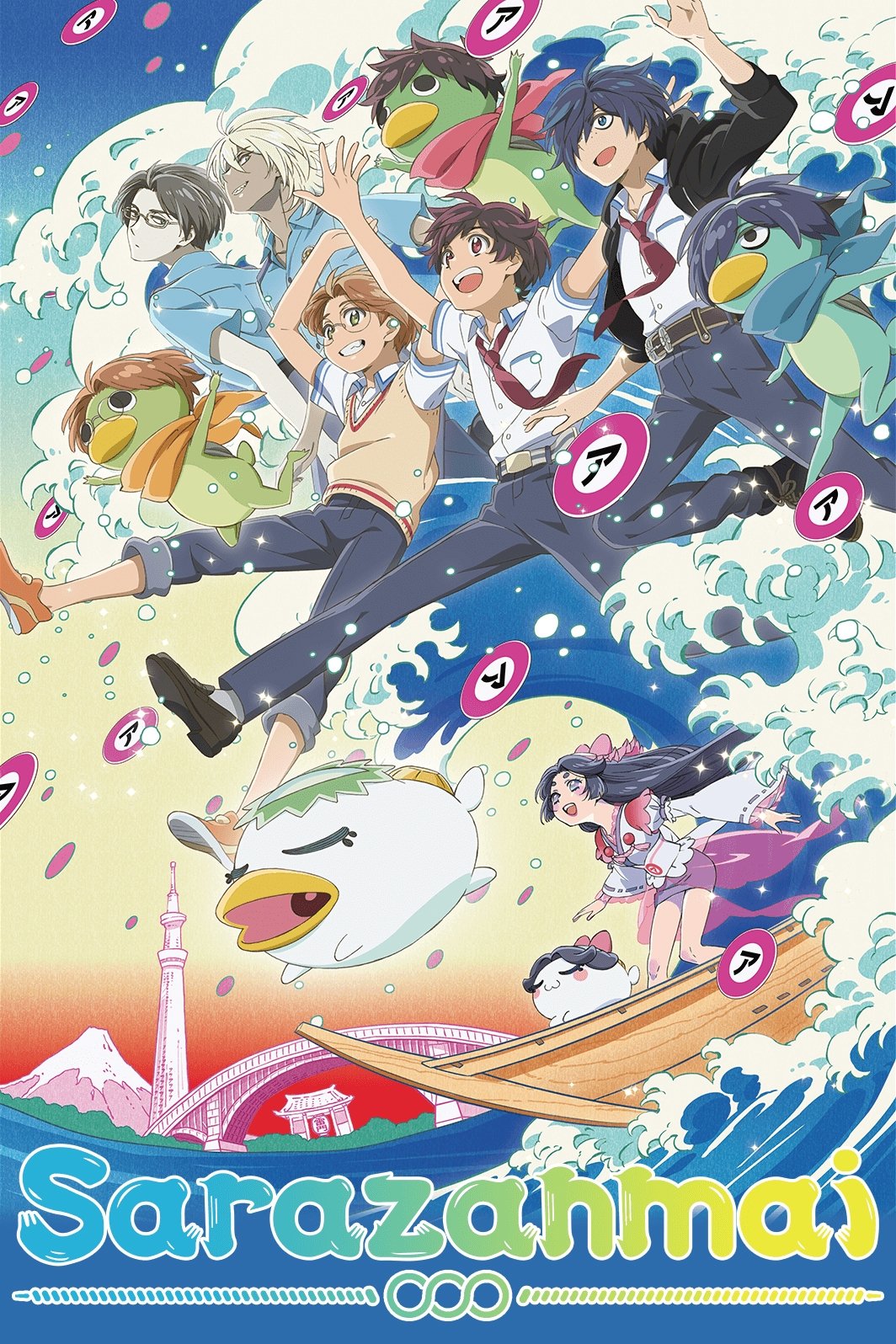 lapintrack
lapintrackThis 11 episode original is directed by Kunihiko Ikuhara and produced by MAPPA with Lapin Track. The plot follows middle school students in Asakusa who encounter mythical beings and must cooperate to resolve incidents around the city. The show aired on Fuji TV with later streaming.
The series repeats location shots of the Skytree and riverside bridges to set a consistent sense of place. Musical numbers and transformation sequences use mirrored layouts and call and response lyrics that tie each episode’s conflict to a defined motif.
‘The Beast Player Erin’ (2009)
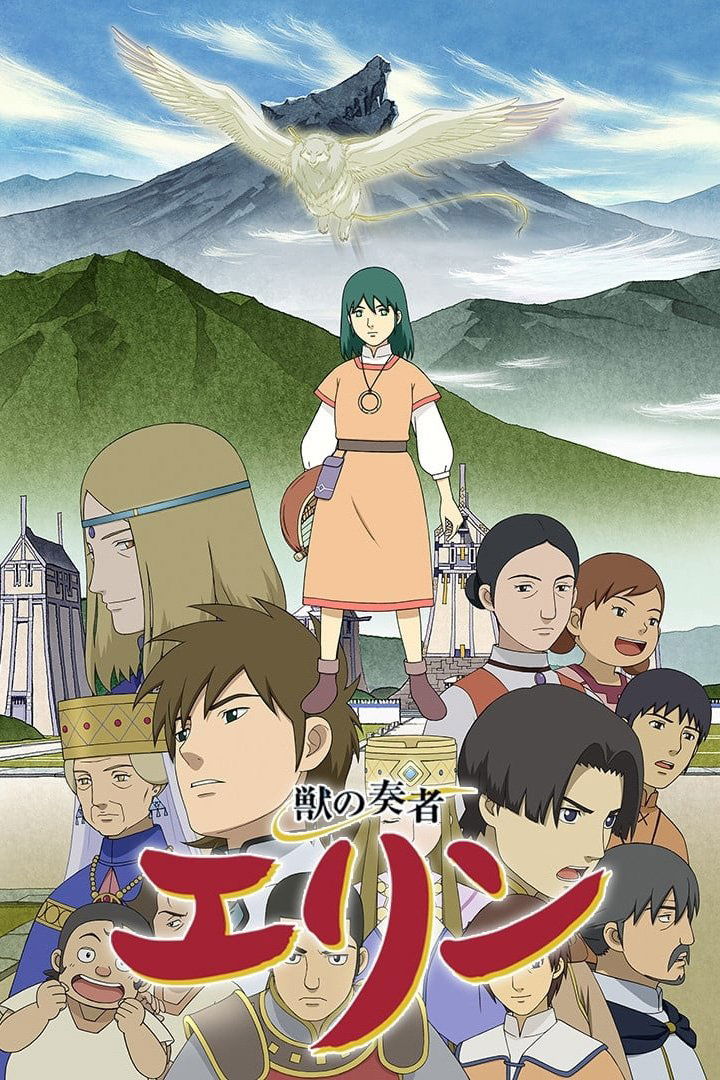 Production I.G
Production I.GAlso known as Kemono no Souja Erin this 50 episode adaptation of Nahoko Uehashi’s novels is directed by Takayuki Hamana. Production I.G collaborates with Trans Arts and the show aired on NHK. The story follows a girl who learns animal husbandry that intersects with national military needs.
The adaptation outlines the biology and care of large beasts through classroom scenes and field practice. Political structures are documented through councils and military ranks and the series provides maps that track travel between regions.
Share your own overlooked favorites in the comments so everyone can find their next watch.

.jpeg)

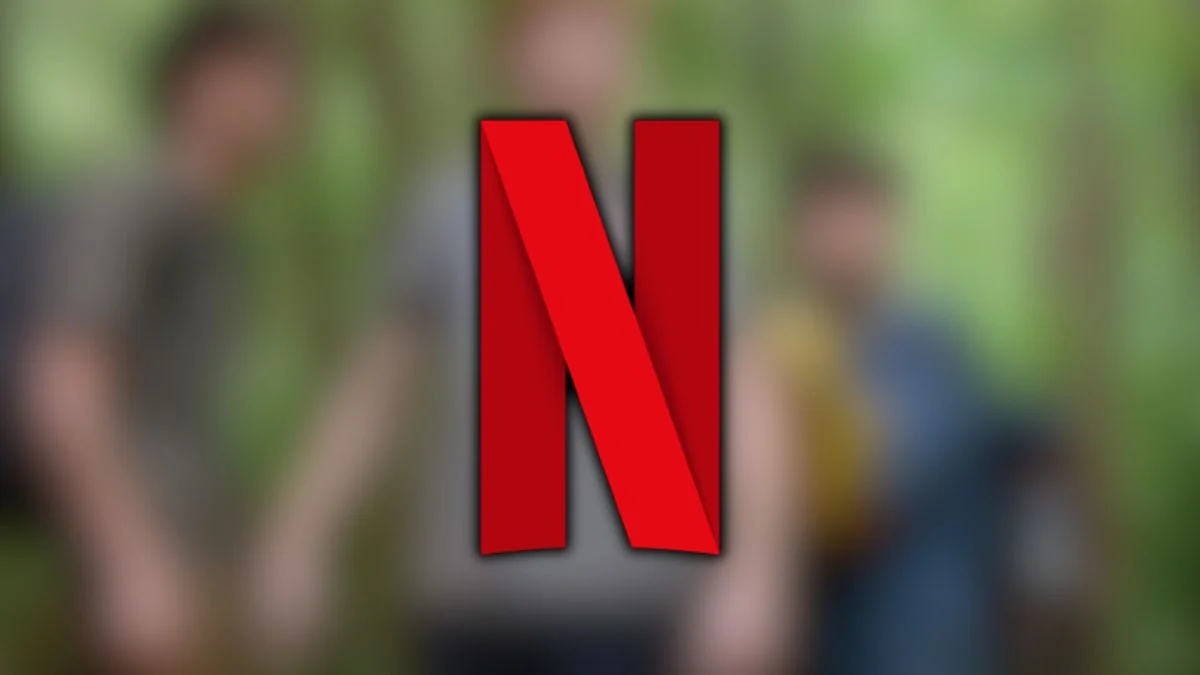

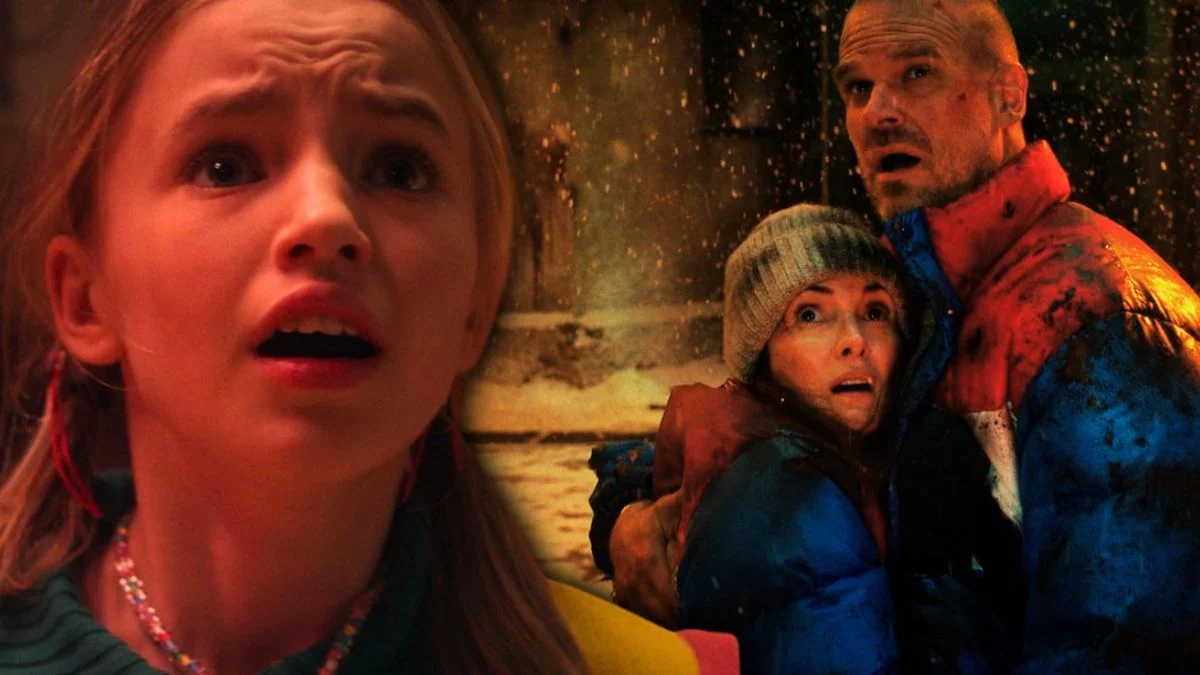

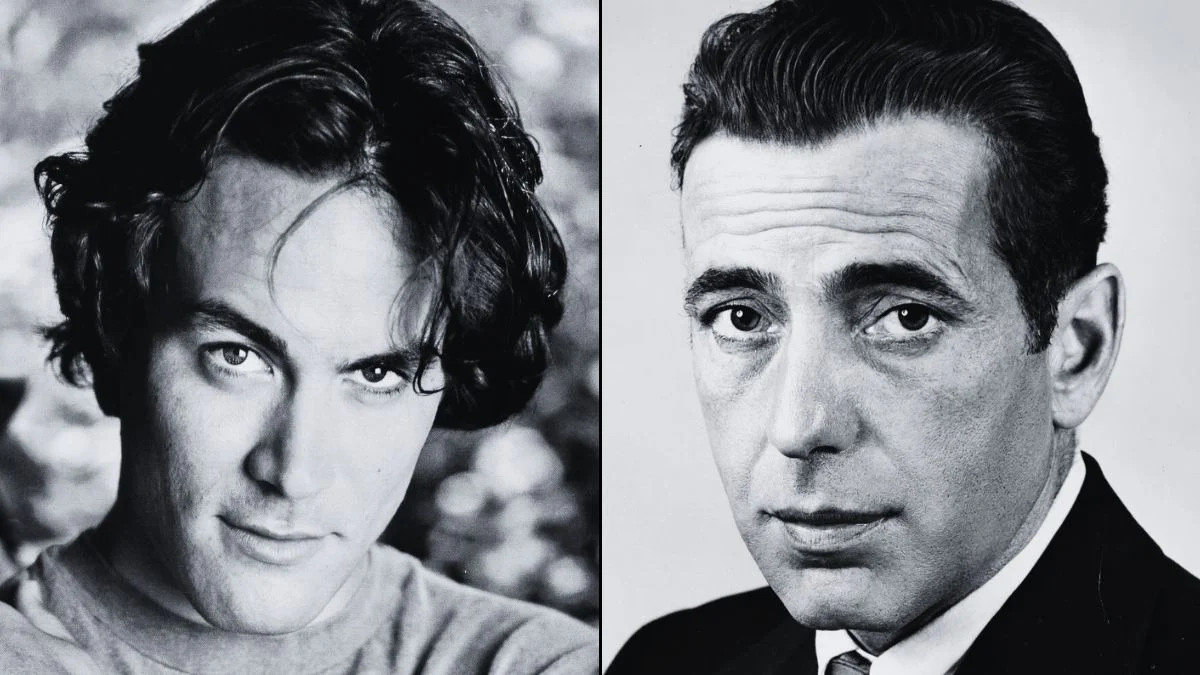

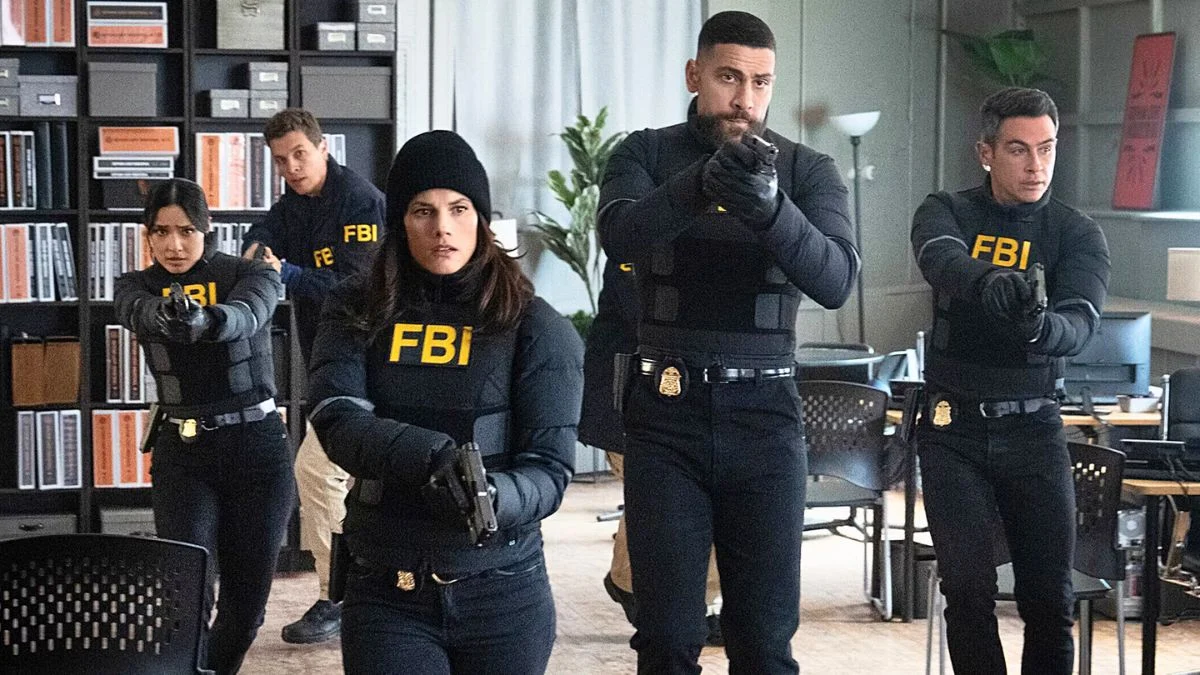

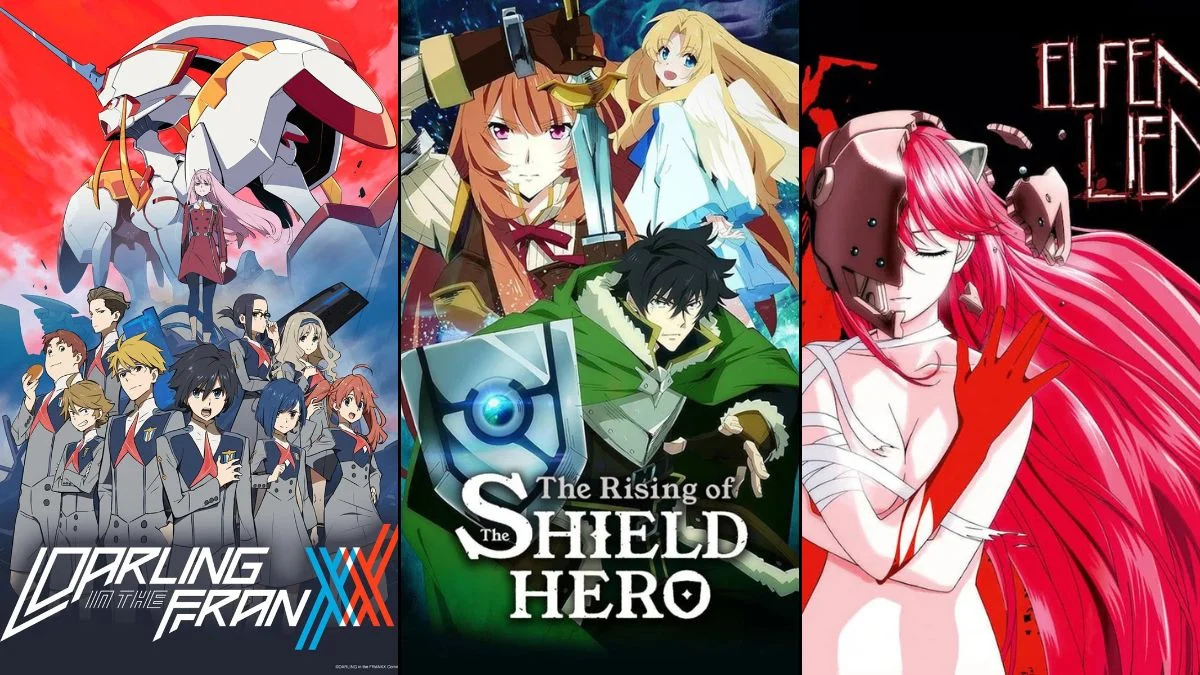
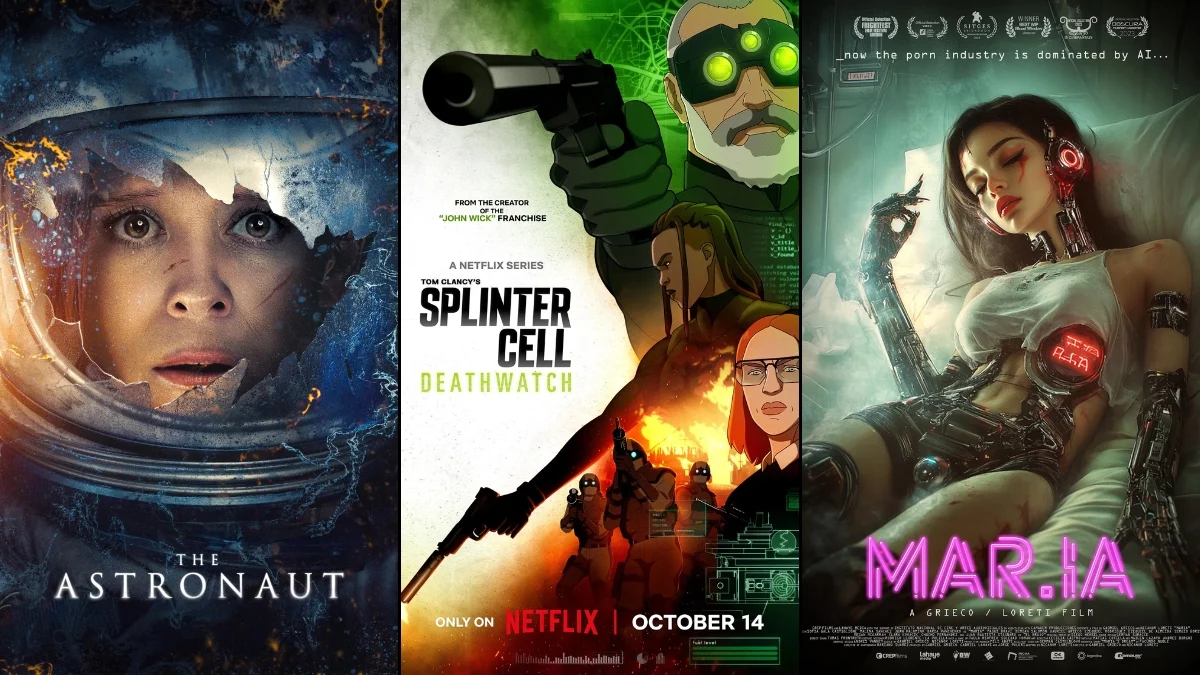

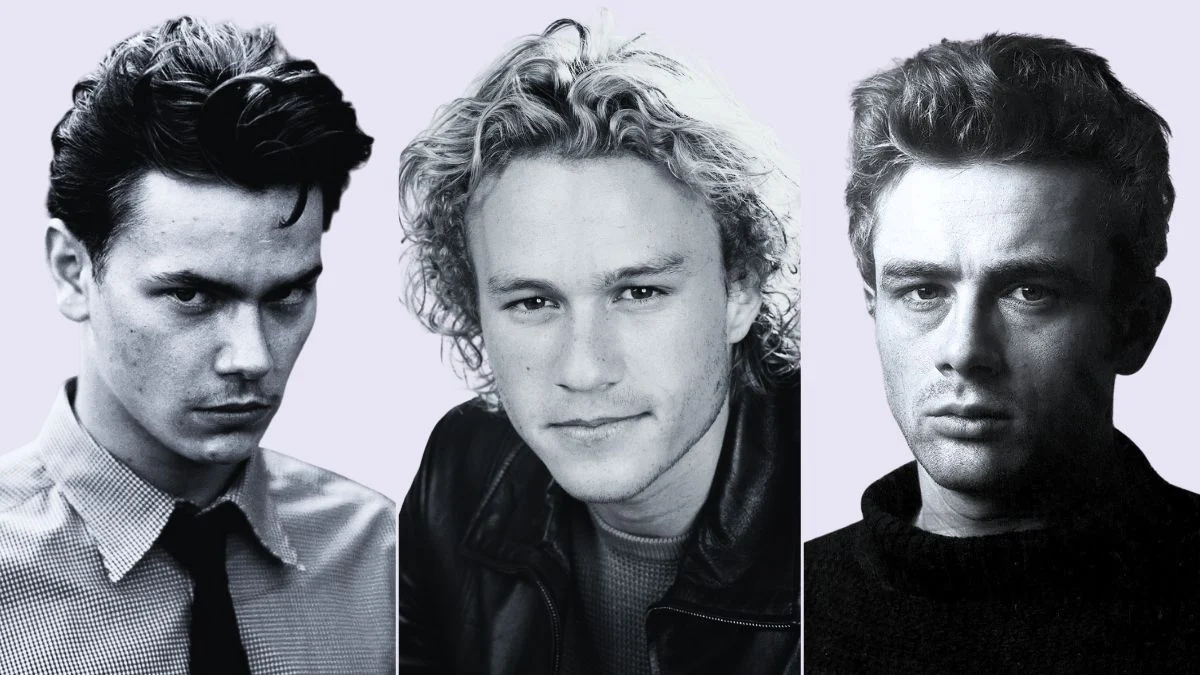
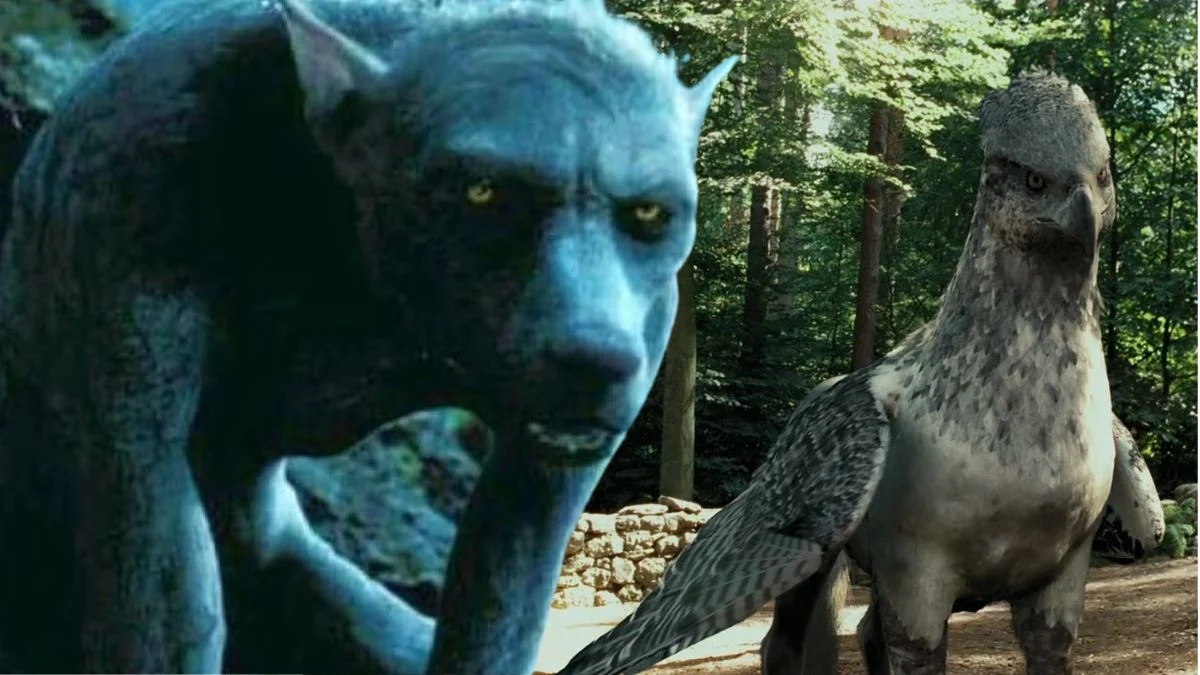
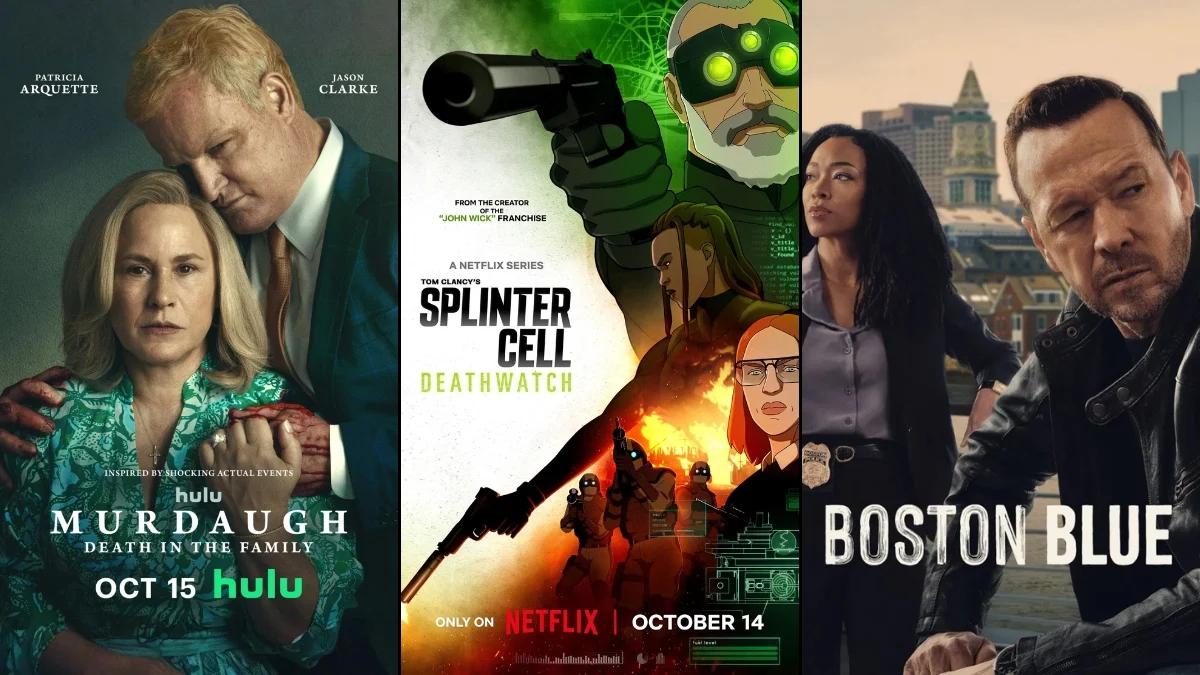

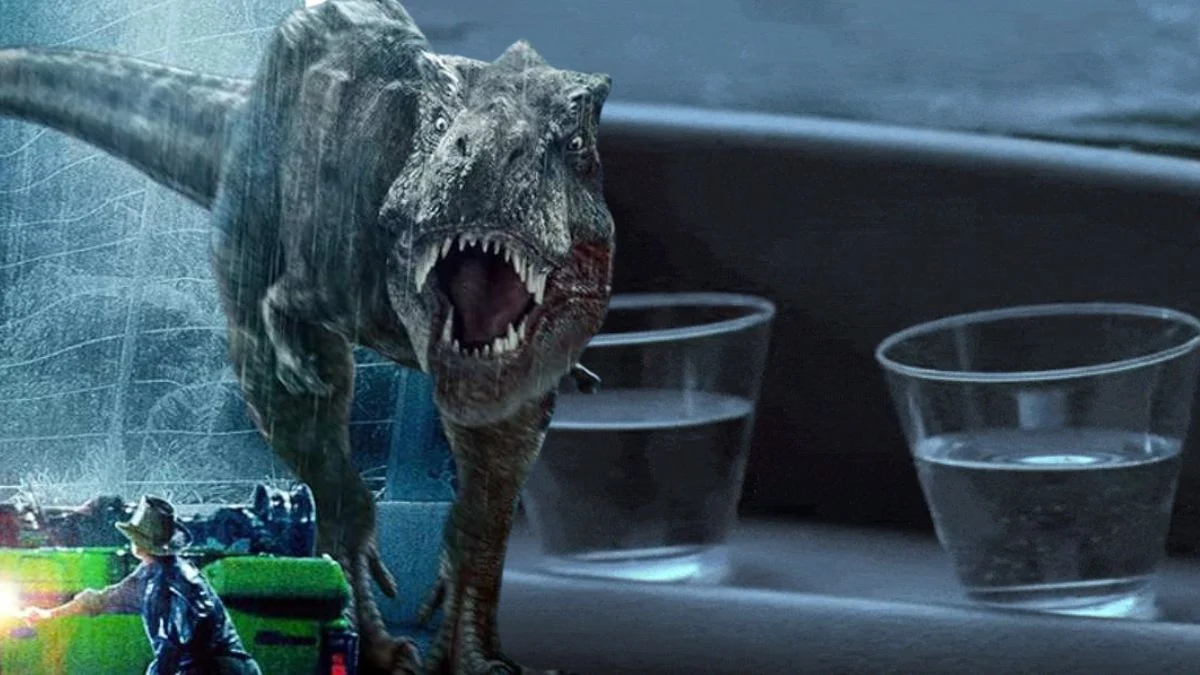
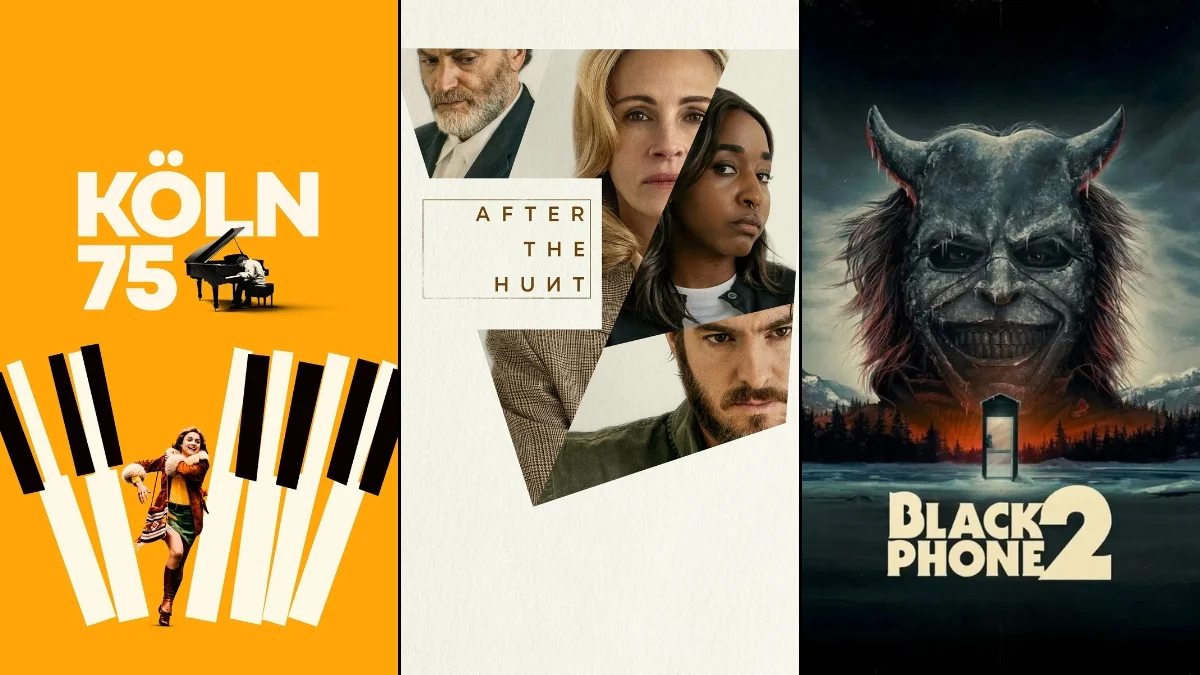



.jpeg)













 English (US) ·
English (US) ·